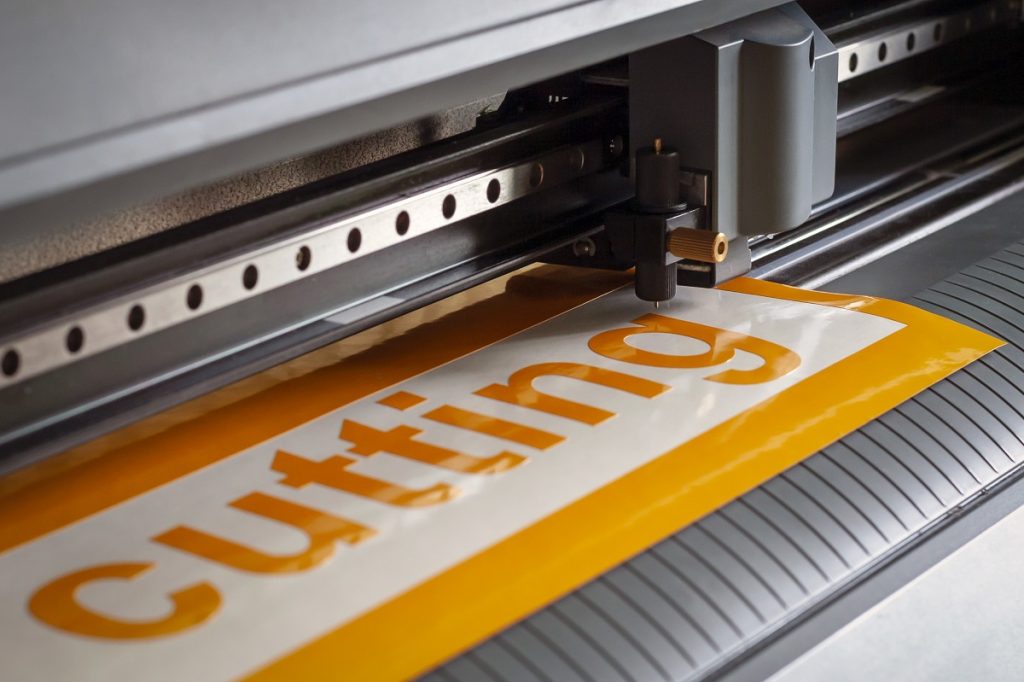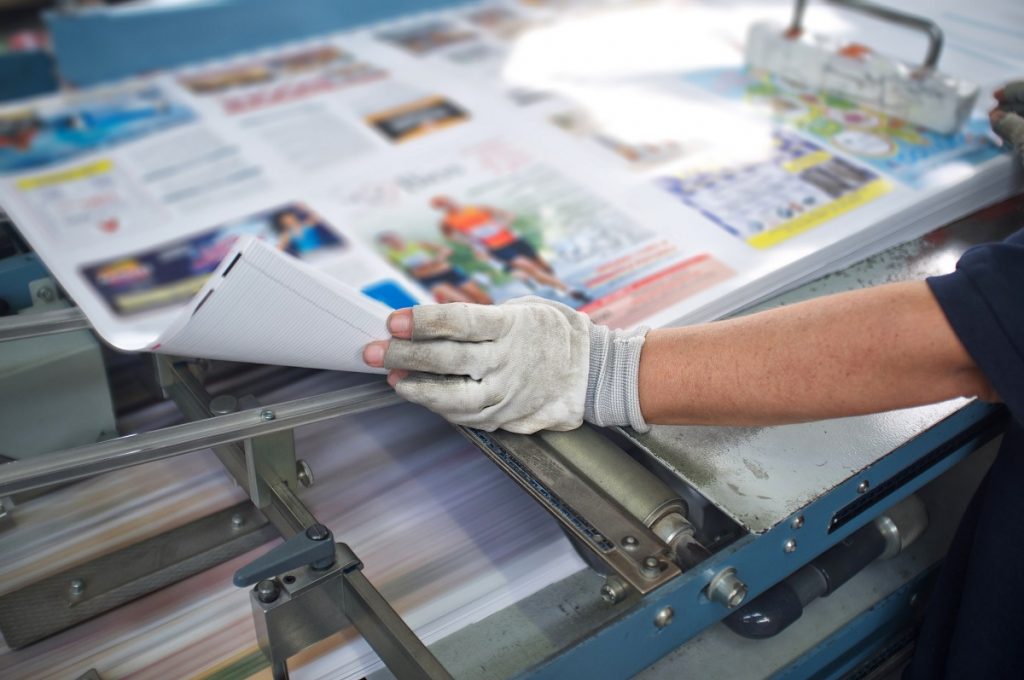Industrial die cutters are widely used in manufacturing, specifically in the packaging process. But these machines have grown more advanced over the years. Today, industries ranging from automobile and medical device manufacturing utilize die cutters in their operations as well.
For instance, a team from MIT has discovered how to mass produce disposable face shields using die cutting for COVID-19-related use.
One of the biggest advantages of using die cutting machines, therefore, is that they have a wide range of applications. Manufacturers use them for processing cardboard and carton, foam, paper, plastic, rubber, and fabrics, all while ensuring the uniformity of each die-cut piece.
If you’re considering purchasing a die cutting machine, make sure to invest in the right kind. Multiple kinds of die cutters are available today, from manual to digital variations. Each has its benefits and drawbacks that affect your production efficiency.
Types of Die Cutting Machines
Flatbed Die Cutter
A flatbed die cutter uses custom steel rule dies that match the shape and design you want to produce. Hydraulic pressure pushes the die downward to punch out parts from the stock material.
The vertical motion can cause a slight curl on the edges of the finished products. But you can avoid this by determining the ideal thickness or amount of the stock material and learning the right mitigating techniques.
Flatbed die cutters can process materials either in roll or sheet form.
Pros of Flatbed Die Cutting
- Cuts through thicker, denser materials because of its great cutting pressures
- Works on thin materials while ensuring sharp, precise cuts
- Has low tooling and machine costs, making it an affordable option
- Can group parts closely on the sheet, reducing trimmings and scrap materials
Rotary Die Cutter
Rotary die cutters are electrically operated, using rotating cylindrical dies called die stations. You feed the material into the die station, which holds a rotary tool that cuts out the parts from the sheet or roll.
The die stations are available in solid and flexible varieties. The choice depends on the material you’re using, the specifications you’re trying to meet, and the project’s lead time.
Depending on its specs, rotary die cutting machines can perform multiple functions in one processing cycle, including layering and laminating materials.
Pros of Rotary Die Cutting
- Has a quick turn-around time ideal for high-volume production
- Offers a greater level of cutting precision compared to flatbed machines
- Produces zero unproductive motion because of the machine’s constant rotation, unlike flatbed cutters
Digital Die Cutter
Digital die cutters or desktop cutting machines don’t have dies. Instead, they use lasers, blades, and tool bits controlled by computers to execute the designs. You can create designs from scratch using a software then export them to the machine for processing.
This die cutting method is popular among facilities with steep requirements for lead time and volume. You don’t have to create new dies for each project, so you can quickly jump from one task to another.
Pros of Digital Die Cutting
- Digital die cutting software programs are compatible with most machines, making integration easier
- The machines take up less space
- The machines can draw, emboss, and engrave materials, eliminating the need for other machinery
- Can accommodate different kinds of materials, including sheet metal
- Offers the highest level of cutting precision
Die Cutting Machine Functions
The question of which die cutting machine to acquire depends on your operational needs. Die cutters, particularly the more advanced ones, can perform various functions, but not every machine will have all the capabilities at the same time. Consider your production needs to determine which ones you want to prioritize for your die cutting machine.
Below are some of the common functions of die cutters:
Through Cutting
This is the basic capability of die cutters, which is to cut through all the layers and completely separate the design from the stock material.
Kiss Cutting
Kiss cutting is exclusive to adhesive-lined materials. The machine will cut through the top layers – the face and the adhesive – and leave the backing layer intact. The die-cut part won’t be separated from the stock material, but you easily detach it from the backing layer. Kiss cutting is popularly used for labels and stickers.
Perforating
Perforating means punching in a series of holes onto the design. The design isn’t fully separated from the stock, but the holes make it easily detachable. Some designs include perforations that aren’t intended for easy removal, such as adhesive bandages.
Scoring
Scoring leaves a die indent or partial cut at a single stress point. It only cuts through half of the material, reducing the thickness to allow for profile folds.
Creasing
Similar to scoring, creasing creates a fold line on the stock material. The difference is that creasing produces an inward bulge between two stress points. This indent helps the material hold its shape after you fold it.
How to Make the Most Out of Your Die Cutter
Utilize your die cutting machine to its fullest potential by choosing one that meets your production needs. Consider factors like machine size, ease of use, the materials you normally use, and your volume and speed requirements.
Provide ample training for your staff to make sure they know how to operate, troubleshoot, and maintain the machine. This way, you can avoid downtimes and keep your operations running for maximum productivity.
If you’re still unsure of which die cutting machine to get, SBL Machinery can help you make the right choice. We carry a range of state-of-the-art die cutters and other packaging equipment. Just tell our experts what you’re looking for in a die cutter and we’ll point you to a model that satisfies your requirements.
Fill out our contact form to send your queries.



Related Posts
A sneak peek of 2024 DRUPA⼁From background history to current situation, exhibition products, and visitor results at once
Read MoreHot Stamping Machine Installation and Acceptance Guide: 3 Key Considerations for Buyers
Read MoreFolder Gluer Machine Installation and Acceptance Guide: 3 Key Considerations for Buyers
Read More